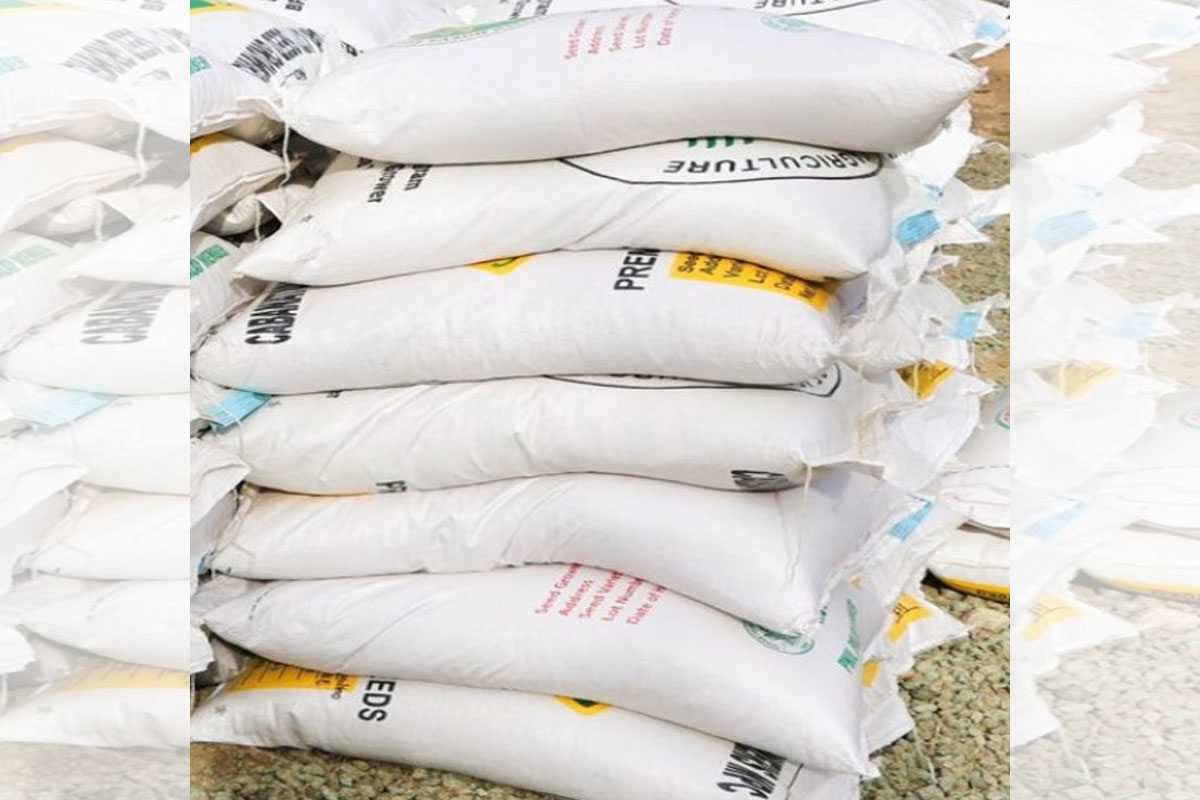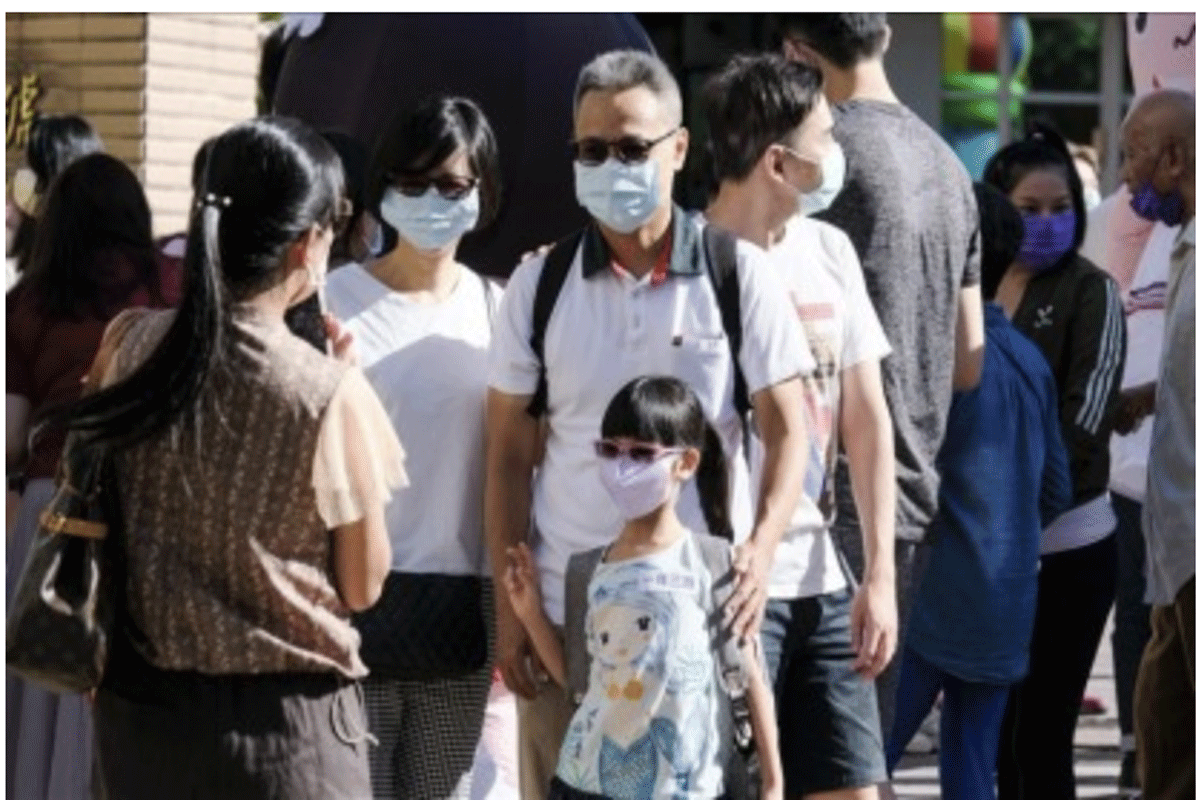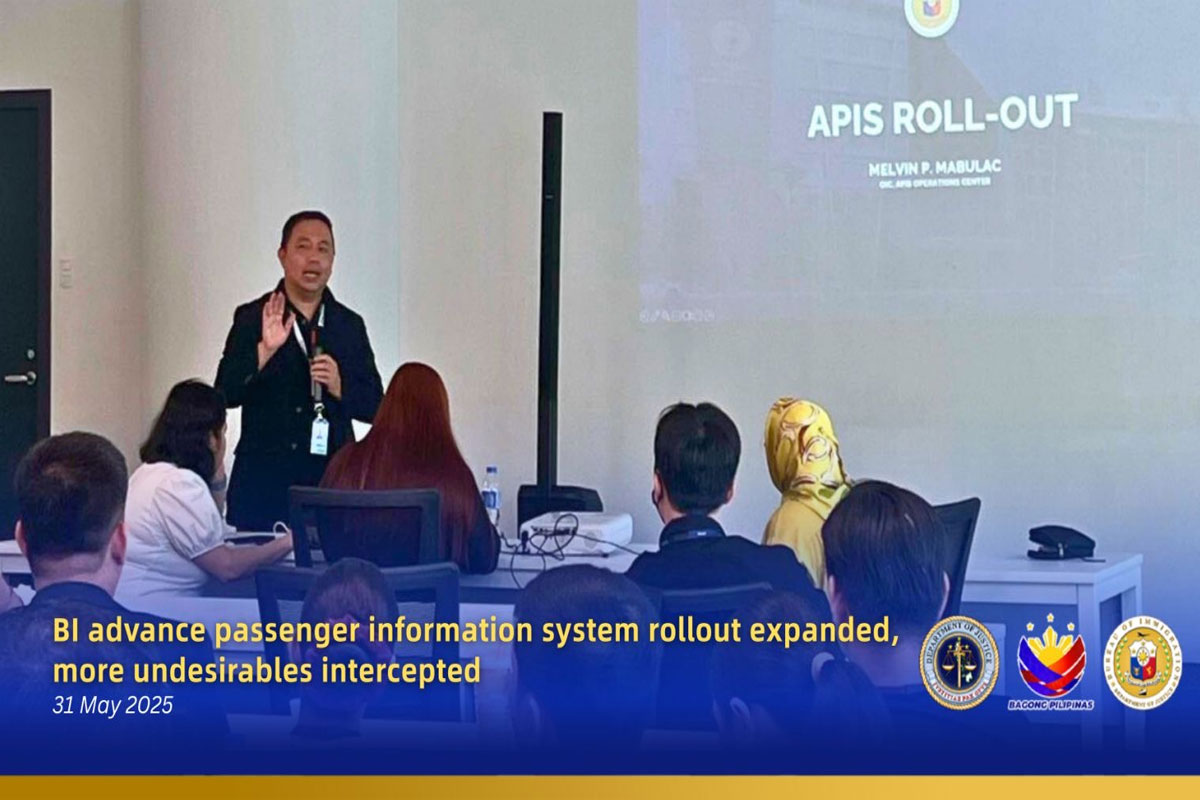Calendar

Inflation itinulak ng mataas na produksyon ng bigas, lokal na produksyon tutukan—Salceda
ANG mataas na presyo ng bigas umano ang pangunahing nagtulak ng pagtaas ng inflation rate sa bansa noong Marso.
At upang matugunan ito, sinabi ni House Ways and Means Committee chairman Joey Salceda ng Albay na dapat palakasin ang lokal na produksyon ng bigas.
Paliwanag ni Salceda, ang food inflation ay 57% ng naitalang 3.7% inflation rate noong Marso. Ang inflation rate noong Pebrero ay naitala sa 3.4 porsyento.
“As I said last month, once again, it’s all about rice. Food inflation accounts for some 57 percent of the total inflation this March. Without the abnormal price of rice in the global market, inflation would have been closer to 3.1 percent, which is well within acceptable range,” ani Salceda.
Paliwanag ni Salceda, bumababa ang presyo ng mais, maging ang halaga ng isda, gulay, at kahit ng tinapay.
“The game plan must be focused on rice,” ayon kay Salceda.
“Because rice is the greatest driver of overall prices, and rice requires the most irrigation of all major crops, the greatest upside risk to inflation moving forward is El Nino,” dagdag pa niya.
Kinilala naman ni Salceda ang ginagawang pagsisikap ng Department of Agriculture na matulungan ang mga magsasaka upang mapalakas ang kanilang produksyon ng pagkain, gaya ng paglulungsad ng Survival and Recovery (SURE) Loan program ng Agricultural Credit Policy Council (ACPC).
“Secretary Tiu-Laurel has been more aggressive with distributing rice production support this quarter. He has brought machinery distribution, for example, to about 92 percent of target. The P12 billion rice farmer financial assistance is also set to be completed this June – again, just in time for planting,” dagdag pa ni Salceda.
“The Philippine Crop Insurance Corporation has also begun to issue indemnity insurance payments to farmers affected by drought,” ayon pa sa mambabatas.
Binanggit pa ni Salceda na ang lahat ng mga pagsisikap na ito ay mapapakinabangan ng mga magsasaka sa hinaharap.
“There is significant progress being made in the DA, and his governance cleanup of the NFA will also help make cheap rice available to the poor, as well as provide a better market for rice farmers,” aniya.
Iminungkahi rin ni Salceda sa mga magsasaka ang mag-imbak ng tubig, na magagamit kapag mahaba ang panahon ng tagtuyot.
“In the instances where it is available, we should be able to impound water. Farmers with on-farm reservoir systems tend to endure El Nino better – not to mention providing additional opportunities in fish production,” ayon pa kay Salceda. “That also makes them less reliant on large-scale irrigation projects, which, while optimal, tend to take years to complete.”
Sa pagtaya ng PAGASA, magsisimula ang tagtuyot sa buwan Mayo, kaya’t ang mga pag-ulan na mararanasan ngayong buwan ay isang pagkakataon para makapag-ipon ng sapat na tubig, ayon pa sa mambabatas mula sa Albay.
“We will still see some rain – so we should impound that. The worst droughts will be in May, with the hardest-hit regions being Central Luzon and Bicol. But models suggest that El Nino will taper off in June,” ayon pa kay Salceda.
“Over the long term, we must address the fragility of the country’s food systems. President Marcos has been clocking in very strong rice harvest figures – and recorded the biggest harvest in history in 2023. The path forward with rice is to address pre-harvest costs and post-harvest losses, while making the system more resilient from trade shocks and adverse climate conditions,” saad pa ng kongresista.














